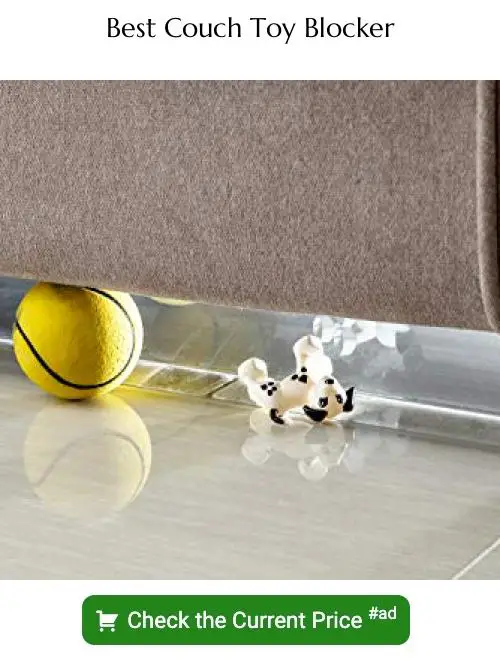Last updated on
Discover the ultimate guide to keeping toys from venturing under the couch, ensuring a clutter-free and organized living space for you and your family.
Have you ever found yourself on your hands and knees, reaching under the couch to retrieve a lost toy? It’s a frustrating experience that many parents can relate to. Not only is it time-consuming, but it can also be uncomfortable and even painful.
The good news is that there are several simple solutions to prevent toys from getting stuck under the couch in the first place. In this article, we’ll share some practical tips and tricks for keeping your living room tidy and toy-free.
So sit back, relax, and let’s get started!
Key takeaways:
- Use couch-gap blockers to fill the space between the floor and furniture.
- Consider off-the-shelf products like furniture skirts or couch-gap blockers.
- DIY solutions include using pipe insulation or fabric strips to create a barrier.
- Use pipe insulation or pool noodles to block toys from slipping underneath.
- Encourage clean-up habits and designate accessible toy storage containers.
Table of Contents
Couch-Gap Blockers
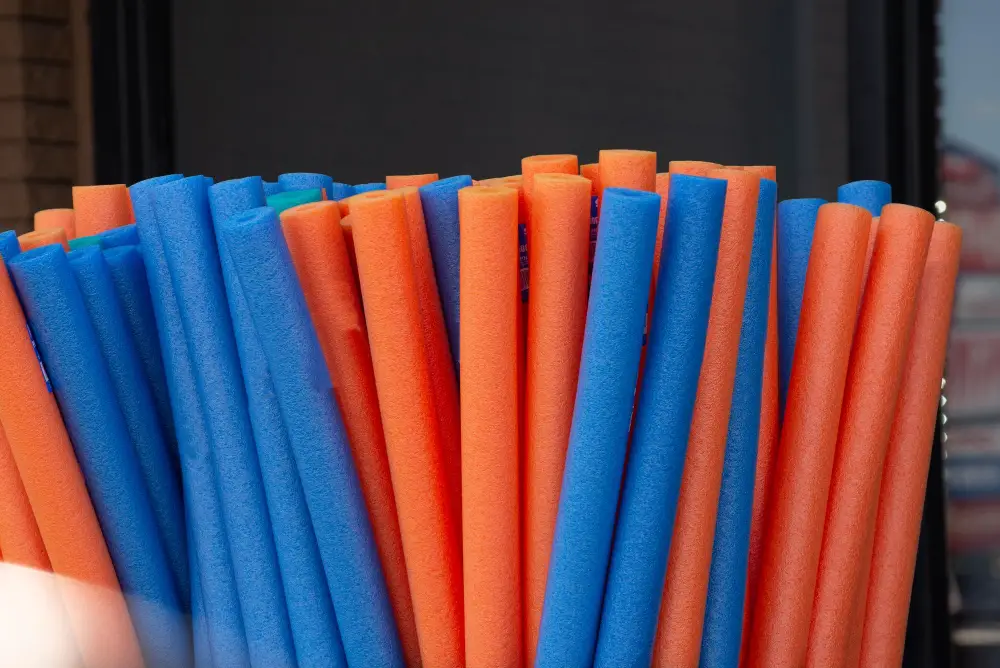
These blockers come in different shapes and sizes, but their primary function is to fill the gap between the floor and your furniture. They can be made of foam, rubber or plastic materials that are easy to install without any tools required.
One popular type of couch-gap blocker is a simple foam pool noodle cut lengthwise and placed along the bottom edge of your sofa or loveseat. This creates a barrier that prevents small items like toys from rolling underneath.
Another option is using specially designed products such as CouchCoaster which sits on top of your armrests creating a stable surface for drinks, snacks or remote controls while also blocking off any gaps where things could fall through.
Off-the-Shelf Products
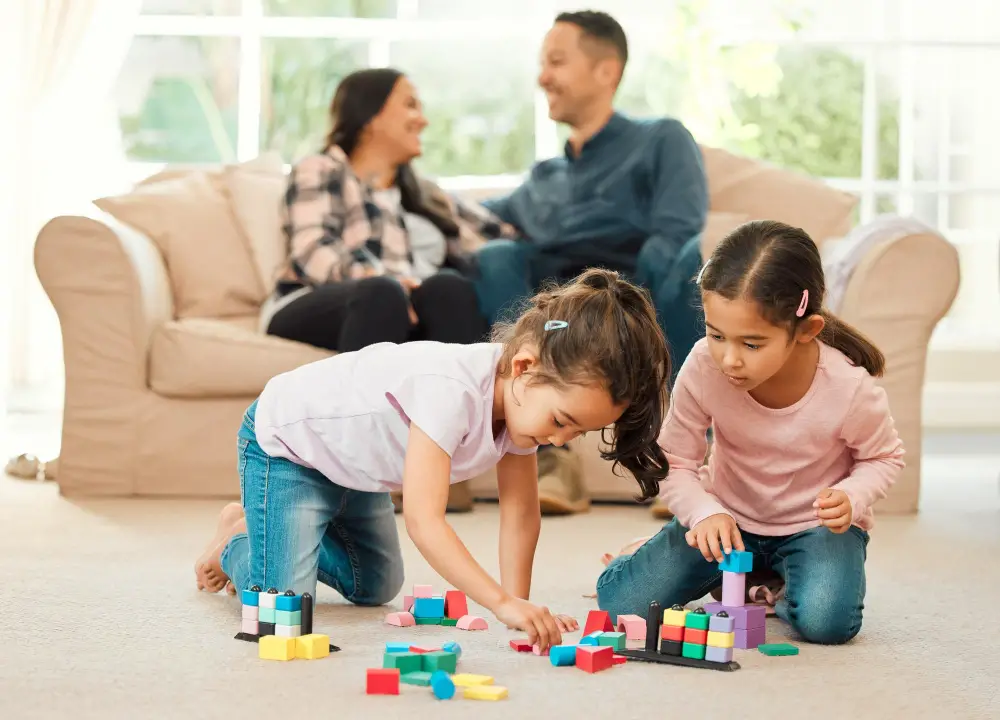
One popular option is a couch-gap blocker, which is designed to fill in the space between your couch and floor. These blockers come in various sizes and materials such as foam or rubber.
Another product worth considering is a furniture skirt with Velcro strips that attach to your sofa’s bottom edge. This solution works well for those who want an aesthetically pleasing way to cover up any gaps while also keeping toys out of sight.
There are also other types of gap-filling products available on Amazon or at home decor stores like Bed Bath & Beyond or IKEA.
DIY Solutions
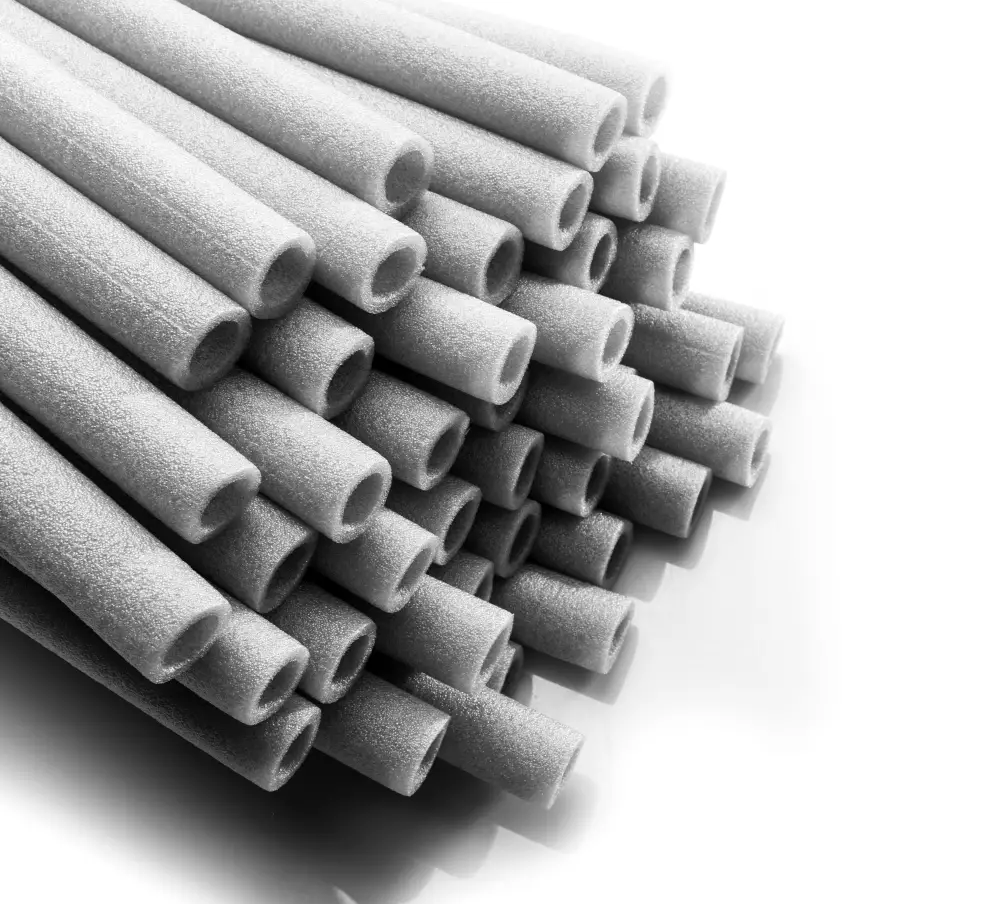
One popular option is using pipe insulation or pool noodles. Cut them to size and place them along the bottom edge of your couch to create a barrier that prevents toys from slipping through.
Another idea is using nylon webbing or strips of fabric. Simply attach these materials around the base of your couch with Velcro or adhesive tape, creating an effective blockade for any stray toy.
For those who prefer a more decorative solution, consider making a fabric skirt for your sofa. Measure and cut out pieces of fabric that match the length and width dimensions underneath your furniture piece then sew together into one long strip before attaching it around its perimeter with hook-and-loop fasteners.
Pipe Insulation or Pool Noodles
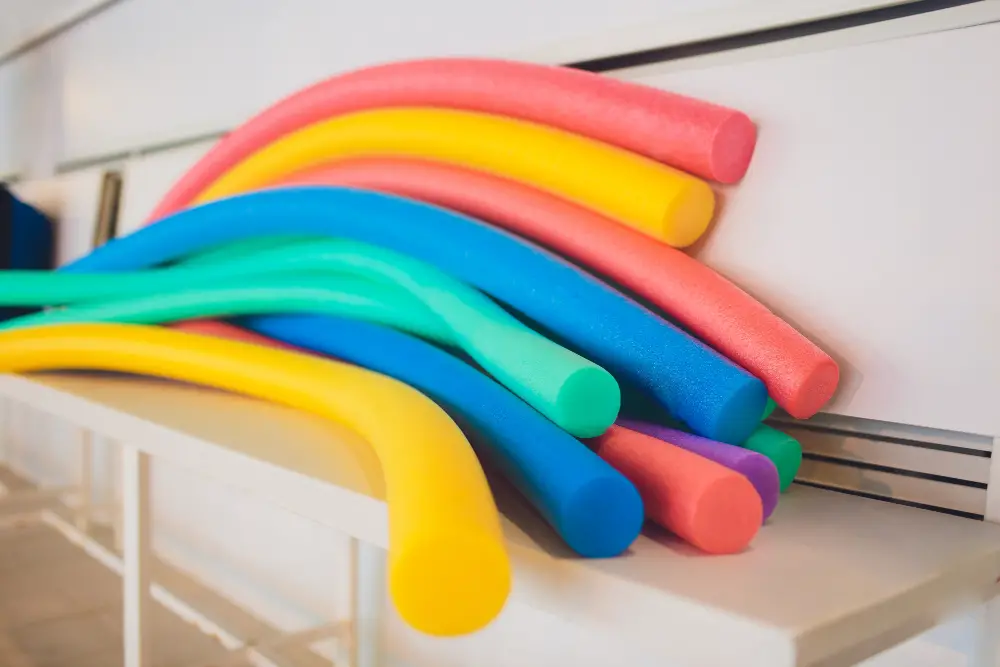
These materials can be easily cut and placed along the bottom of your couch, creating a barrier that prevents small objects from slipping through. You can find pipe insulation at most hardware stores, while pool noodles are available at many retailers during summer months.
To use this method, measure the length of your couch and cut pieces of pipe insulation or pool noodle accordingly. Then simply slide them underneath each leg of your sofa until they’re snugly in place.
Not only is this an effective way to prevent toys from getting lost under furniture, but it’s also an affordable option that won’t break the bank.
Nylon Webbing or Strips of Fabric
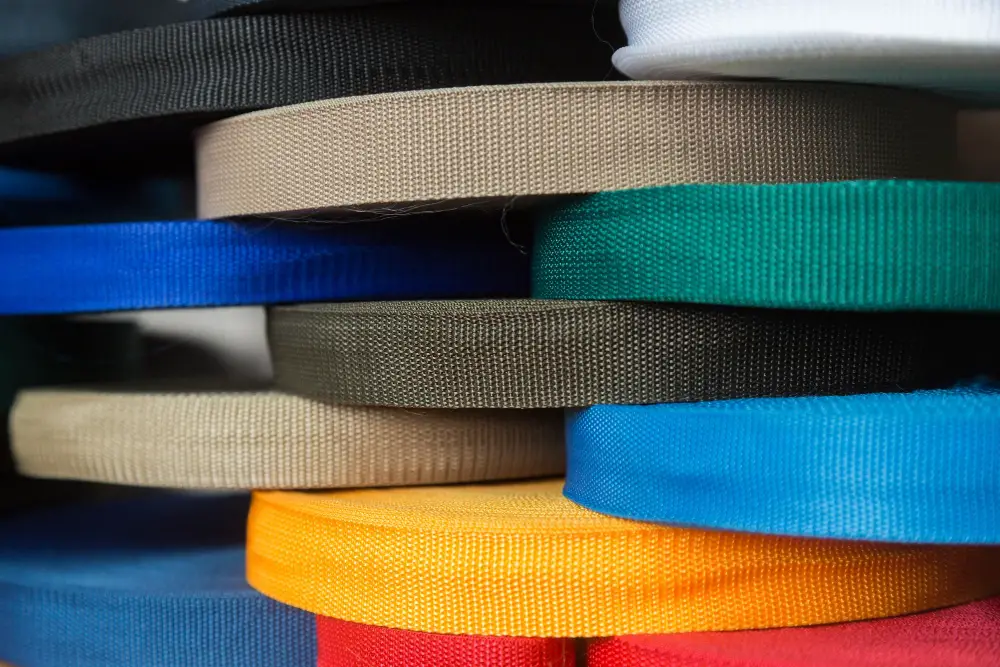
Simply attach a strip of nylon webbing or fabric to the bottom of your couch using staples, glue, or Velcro. The strip should be long enough to cover the gap between the floor and your furniture.
This method is particularly useful if you have pets that like to play with toys on the floor. Nylon webbing is durable and can withstand chewing and scratching from curious animals.
If you don’t want to use nylon webbing, any sturdy piece of fabric will do as long as it’s wide enough to cover most gaps between your furniture legs and flooring surface.
Fabric Skirt
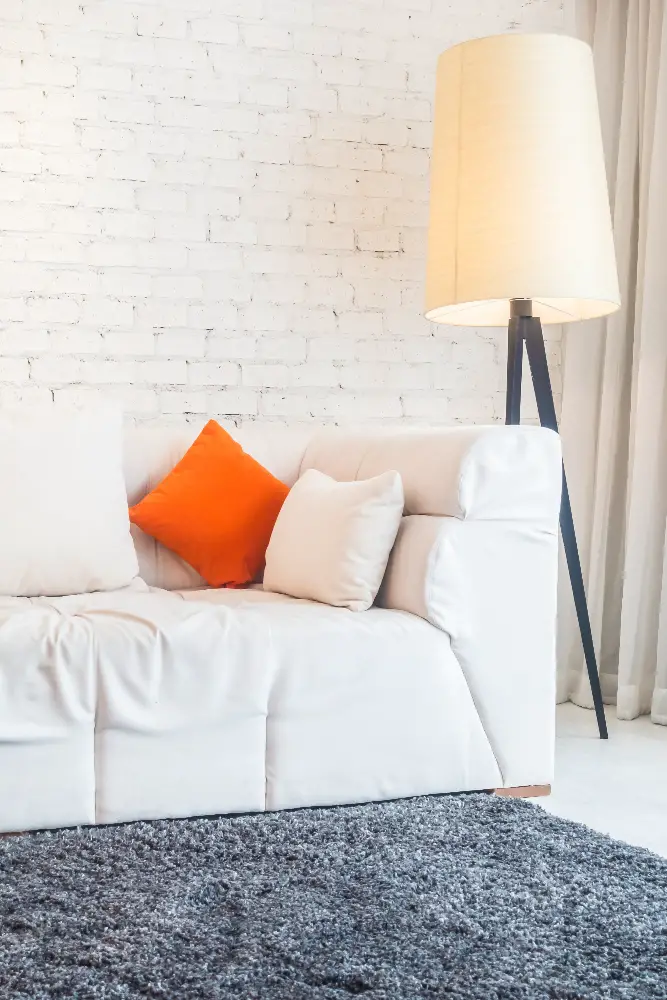
You can easily make one yourself by measuring the length and width of your couch, cutting a piece of fabric to size, hemming the edges, and attaching it to the bottom of your couch with Velcro or double-sided tape. The skirt will create a barrier that prevents toys from rolling underneath while also adding a decorative touch to your living room.
If you don’t have time for DIY projects or prefer ready-made solutions, there are plenty of options available online or in stores. Look for furniture skirts specifically designed to fit under sofas and chairs.
Using a fabric skirt is an excellent way to keep small items like Lego pieces or puzzle parts contained within reach while still maintaining an organized space. Plus, it’s easy enough to remove when you need access underneath the sofa for cleaning purposes.
Wooden Border
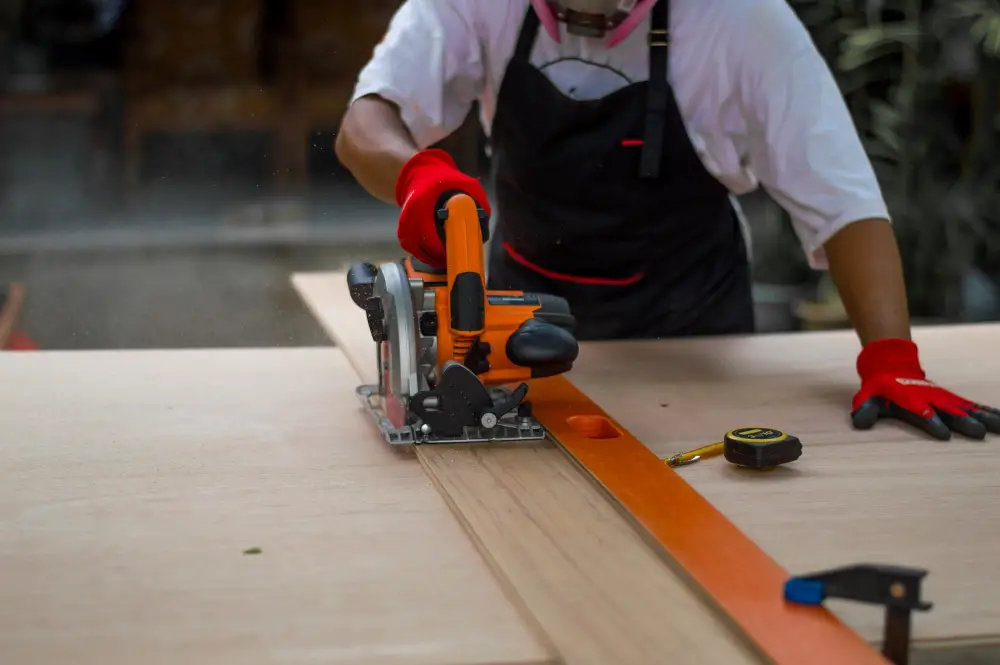
This solution not only blocks off any gaps but also adds an attractive finishing touch to your furniture. You can purchase pre-made wooden borders or create your own using simple materials such as plywood, nails, and paint.
Measure the length and width of each side of your couch before cutting pieces of wood accordingly. Then nail them in place along with some support beams for added stability.
A wooden border is a great option if you want a permanent solution that doesn’t require constant maintenance or adjustment like other DIY solutions might need over time due to wear and tear or shifting furniture positions.
Toy Storage Options
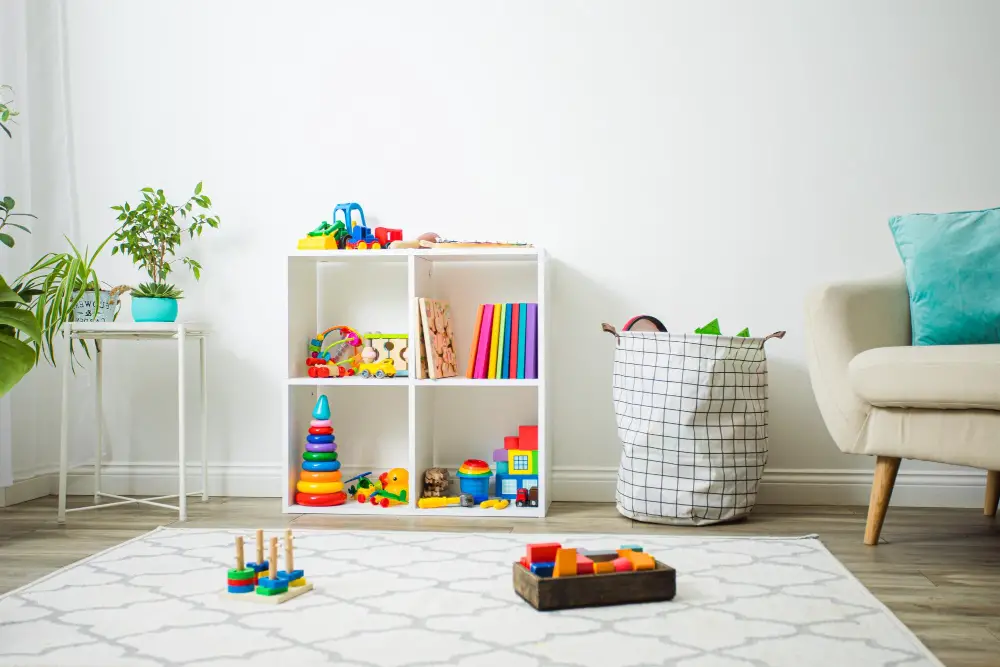
By designating a specific area for your child’s toys, you can encourage them to keep their playthings organized and off the floor. There are many different toy storage options available, ranging from simple baskets and bins to more elaborate shelving units and cubbies.
When choosing a toy storage solution, it’s important to consider both functionality and aesthetics. Look for containers that are easy for your child to access but also fit in with your home decor style.
You may want something that blends in seamlessly with existing furniture or stands out as a fun accent piece.
Some popular toy storage options include open shelves or bookcases where items can be easily seen and accessed; closed cabinets or drawers which provide hidden organization; fabric bins or baskets which come in various sizes, colors, patterns; wall-mounted organizers such as pegboards or hanging nets.
Size and Shape Check
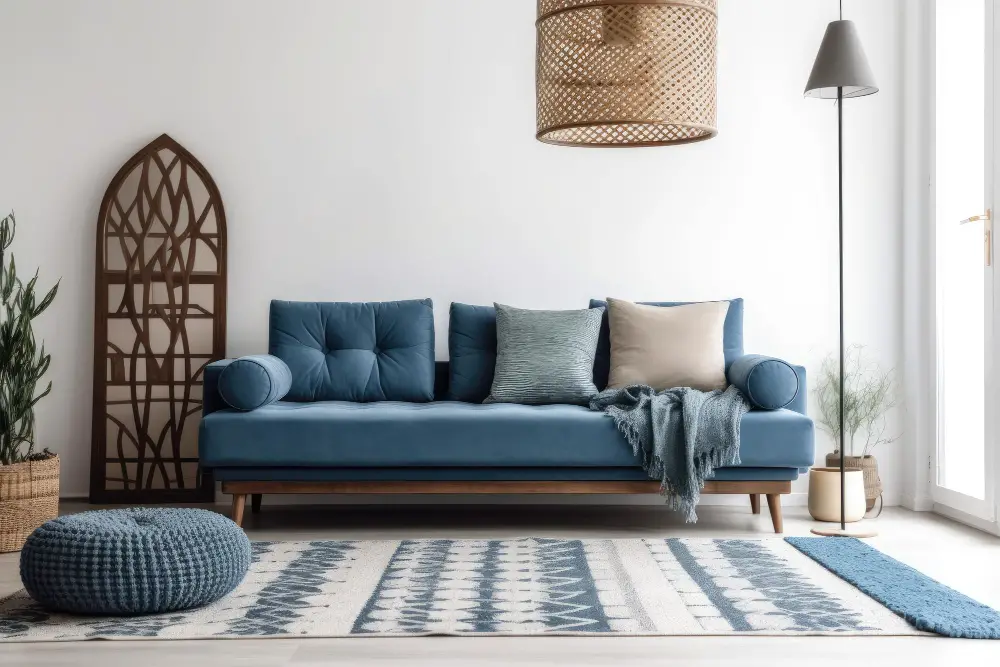
Some couches have a larger gap between the seat and backrest than others, making them more prone to toy entrapment. Some sofas have legs that are higher off the ground than others, which can also affect how easily toys roll underneath.
Take a moment to measure your couch’s gap width and height before choosing any solution. This will help ensure that whatever method you choose is effective in preventing toys from slipping through.
Once you’ve determined these measurements, consider purchasing or creating blockers specifically designed for your sofa dimensions.
Under Couch Alternatives
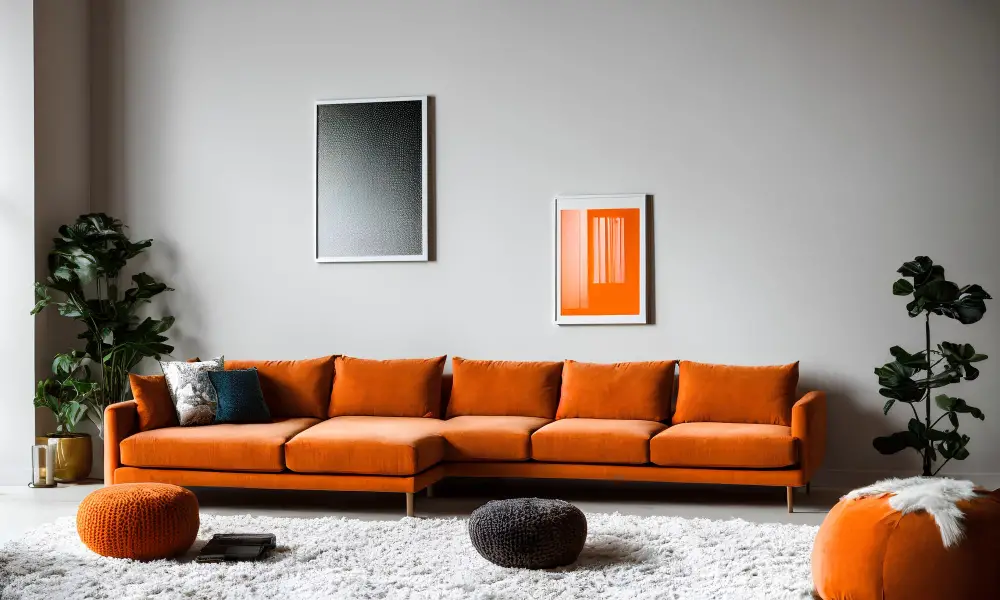
One option is to use furniture with legs instead of a solid base. This will create more space underneath the couch and make it easier for you to retrieve any stray toys.
Another alternative is to opt for a sectional sofa with an open chaise end rather than one with closed sides. The open design allows easy access underneath the sofa, making it simpler for kids (and adults) alike to retrieve their belongings.
Lastly, consider investing in furniture pieces that come equipped with built-in storage compartments such as ottomans or benches. These pieces provide ample storage space while also serving as functional seating options.
By choosing these under-couch alternatives, you’ll be able to maintain an organized living room without sacrificing style or functionality!
Furniture Arrangement Tips
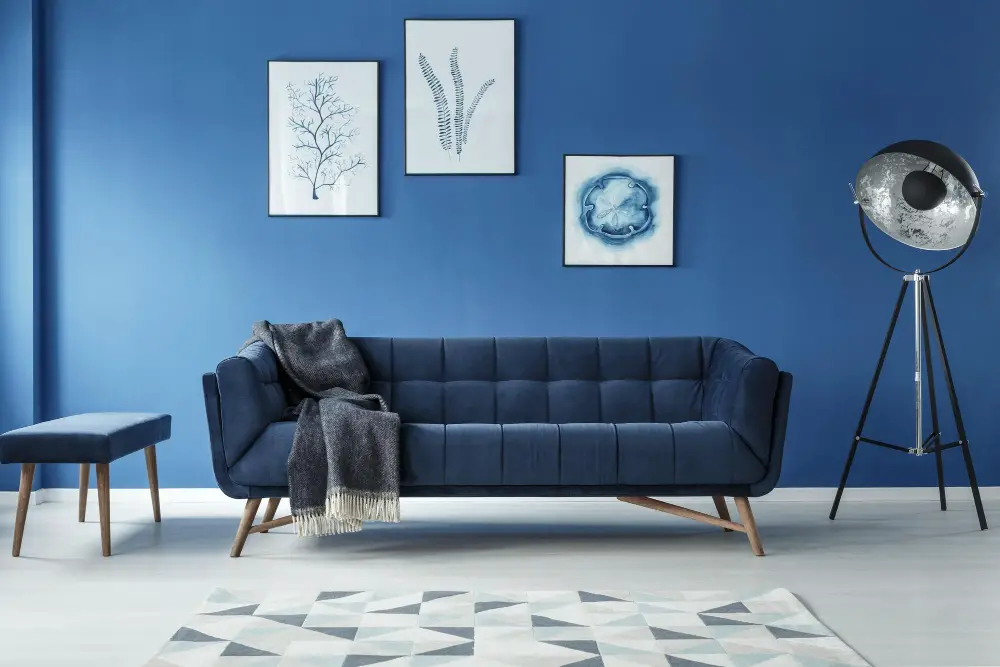
By positioning your couch and other pieces of furniture in a strategic way, you can create a barrier that prevents toys from slipping through. For example, placing an ottoman or coffee table in front of the couch can help block off any gaps where small items might fall through.
Another tip is to avoid leaving too much space between your furniture and walls. This will limit the amount of room for toys to roll around and get lost underneath.
Consider investing in storage solutions like bookshelves or cabinets that are tall enough so children cannot reach over them.
_rotation Systems
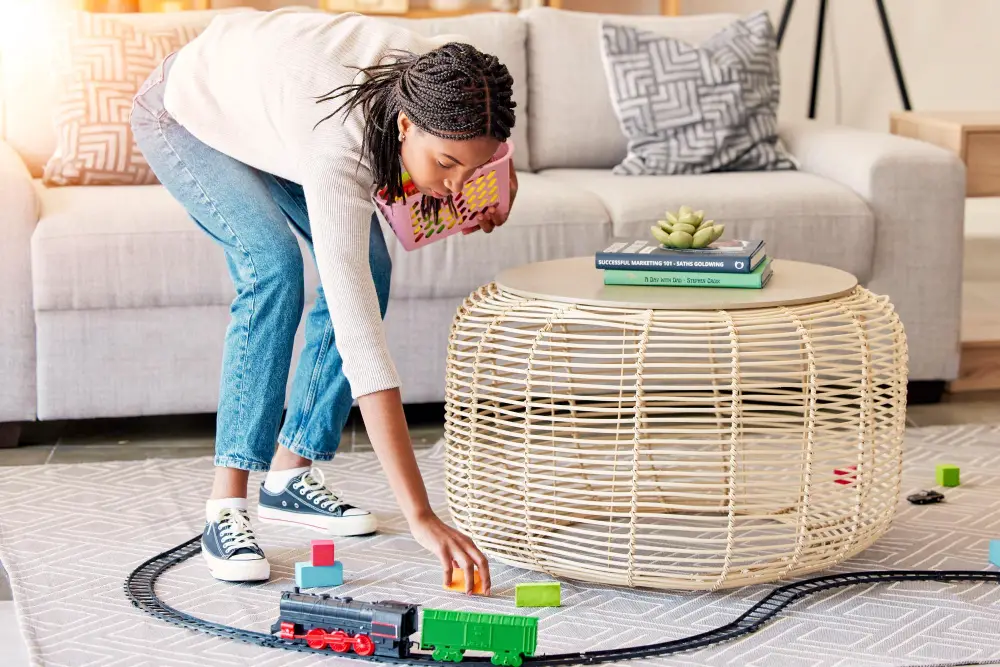
This involves periodically swapping out sets of toys, so your child always has something new and exciting to play with. By limiting the number of toys available at any given time, you can reduce clutter and make it easier for your child to keep track of their belongings.
To get started with a toy rotation system, begin by sorting through your child’s existing collection and selecting a few items that they haven’t played within some time. Store these items in an accessible container or bin somewhere outside the living room area.
Next, choose another set of toys from storage containers or bins that are not currently being used in playtime activities; this will be what replaces those stored away earlier on. Rotate these sets every week or two weeks depending on how often you want them changed up!
Regular Organizing
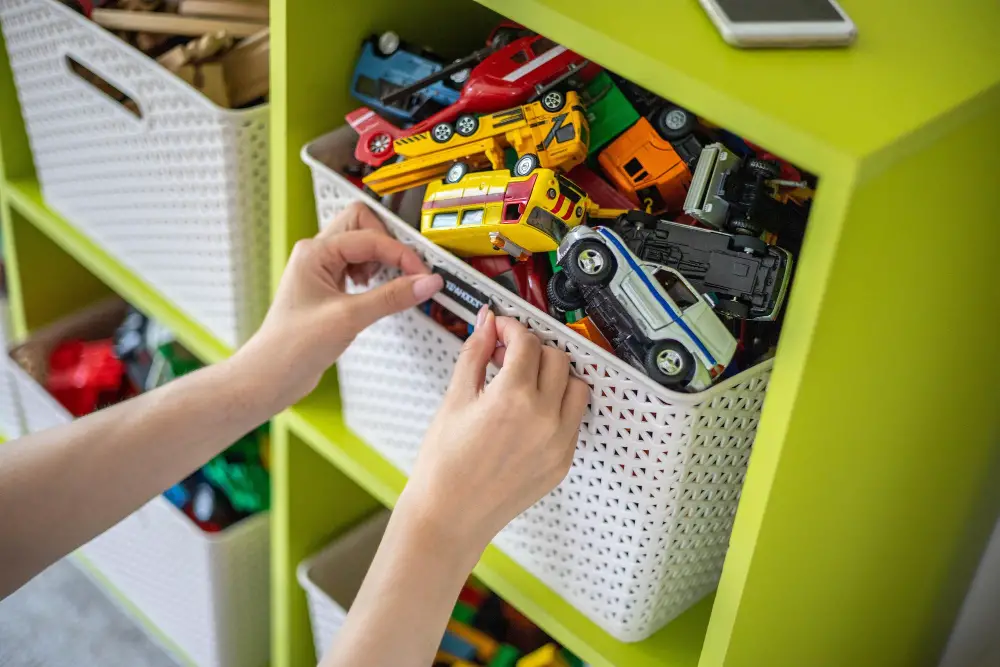
This means setting aside time each day or week to go through your child’s toys and put them away in their designated storage areas. By doing this, you’ll be able to keep track of all the toys and ensure that they don’t end up scattered around your living room.
To make organizing easier, consider investing in some toy bins or baskets that can be easily moved around as needed. You can also label these containers with pictures or words so that your child knows exactly where each toy belongs.
Another helpful tip is to involve your child in the cleaning process. Encourage them to pick up their own toys and put them away when they’re done playing with them.
This will not only teach responsibility but also help prevent clutter from building up on a daily basis.
Vacuum Robot Solution
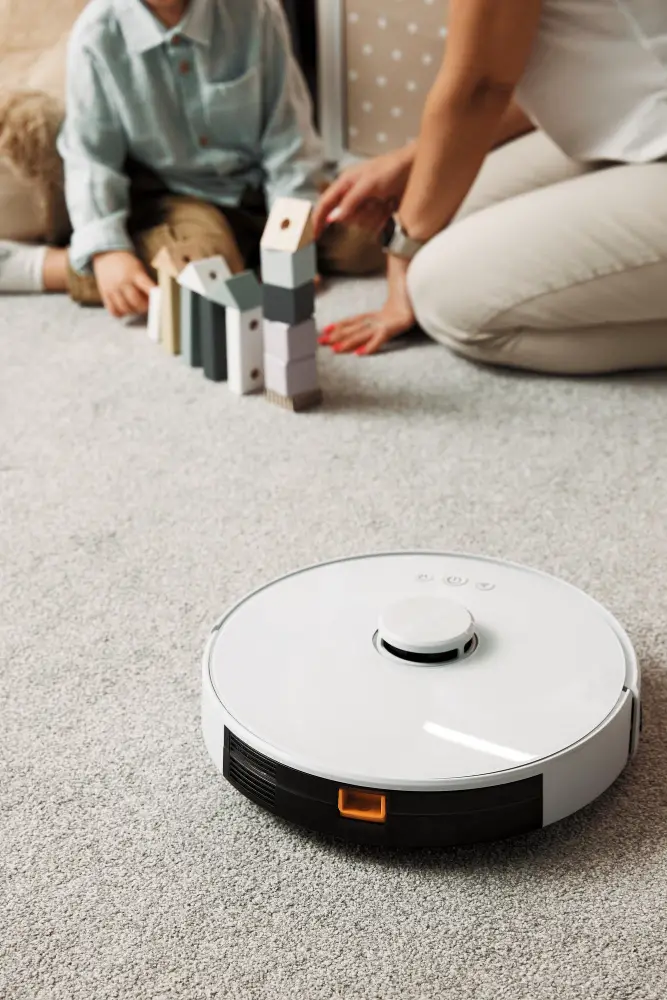
These handy devices can easily navigate under furniture and suck up any stray toys or debris that may have found their way there. Some models even come equipped with sensors that detect obstacles like couches and automatically adjust their cleaning path accordingly.
While vacuum robots are not specifically designed for toy retrieval, they can certainly help keep the area under your couch clean and free of clutter. Plus, they offer the added benefit of overall floor cleaning without any extra effort on your part.
Just be sure to choose a model with strong suction power so it can effectively pick up larger items like toys. And remember to regularly check and empty its dustbin as needed.
Encouraging Clean-Up
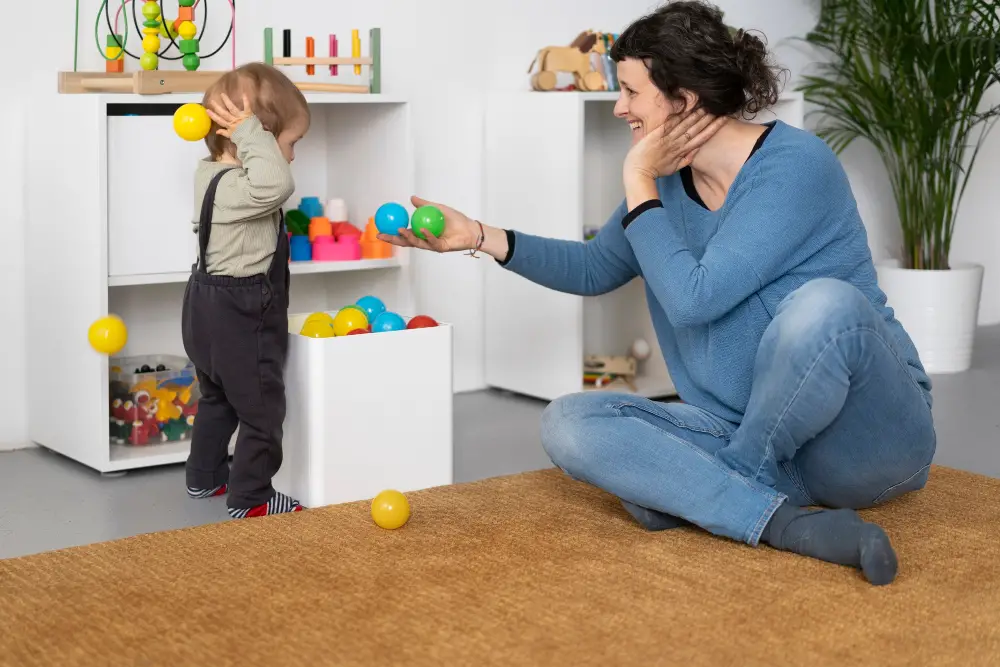
Teaching them responsibility and accountability for their belongings can go a long way in keeping your living space organized and clutter-free.
Start by setting clear expectations for toy storage, such as designating specific bins or shelves where toys should be kept when not in use. Make it easy for kids to access these storage areas so that they are more likely to put things away on their own.
Another helpful tip is to make cleaning up fun! Turn it into a game or competition, set a timer, or offer rewards for completing tasks quickly and efficiently. By making clean-up time enjoyable, you’ll encourage your children’s participation while also instilling good habits that will benefit them throughout life.
Remember: consistency is key! Encourage regular clean-up sessions throughout the day rather than waiting until everything has piled up at once. This will help keep messes manageable while also reducing stress levels all around.
Child Training Techniques
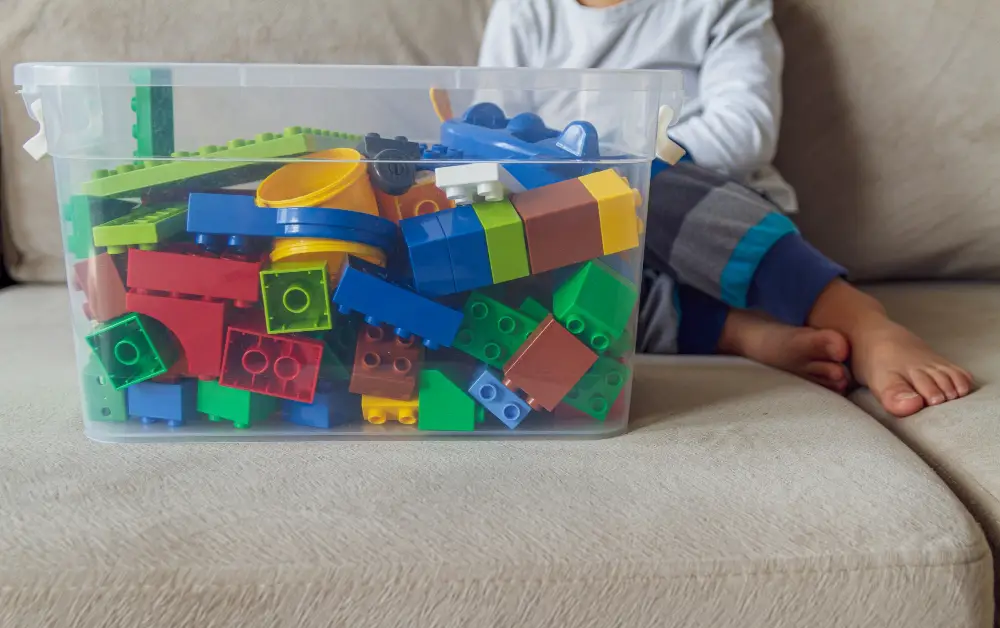
Child training techniques can be a game-changer when it comes to keeping your living space organized and clutter-free. Encourage your kids to put away their toys after playing with them, and make sure they understand that leaving things on the floor can lead to lost items or even accidents.
You could also set up a reward system for good behavior, such as giving them extra playtime or treats if they consistently clean up after themselves. You could involve them in decorating storage containers for their toys so that they feel more invested in taking care of them.
Teach Responsibility
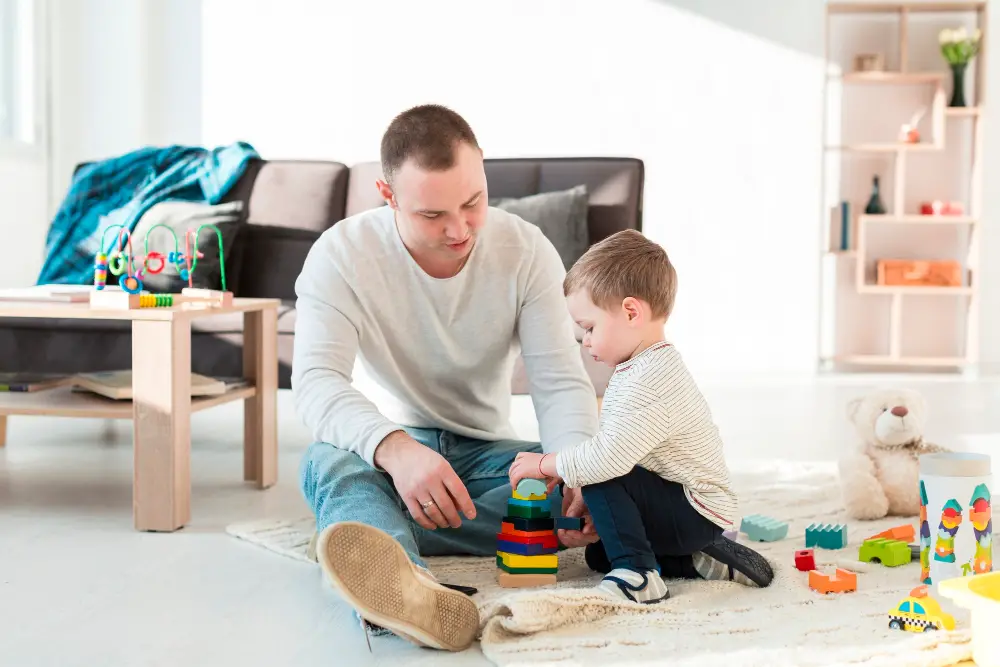
Encourage them to take ownership of their belongings and teach them how to clean up after themselves. Make it a fun activity by setting a timer and challenging them to pick up as many toys as they can before time runs out.
You can also create a reward system for when they consistently keep their toys in designated areas, such as toy bins or shelves. This will not only help keep your living space organized but also instill valuable life skills in your children.
Accessible Containers
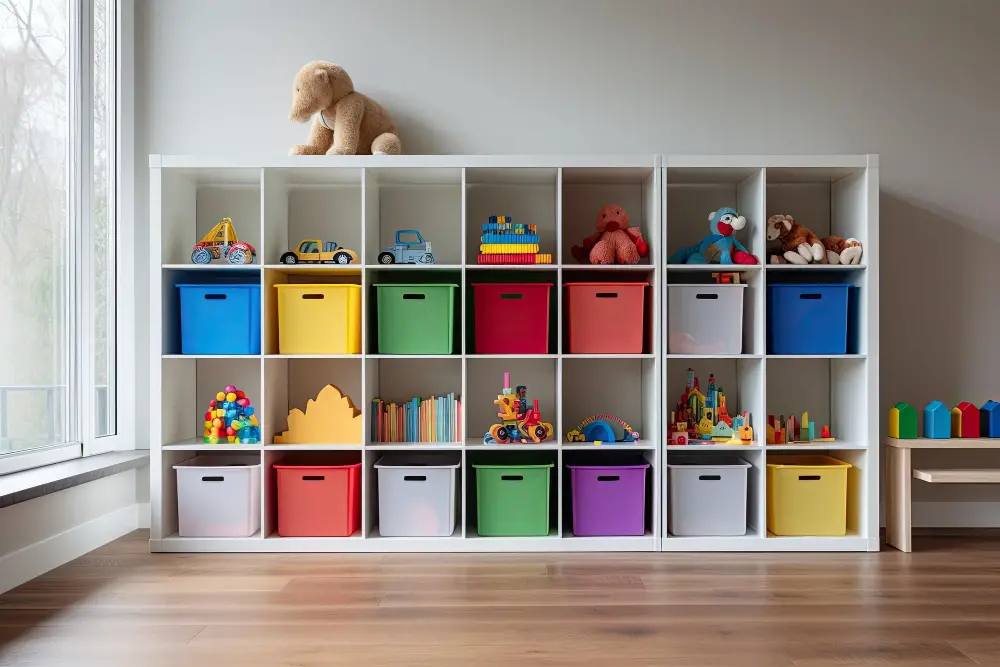
By having designated storage spaces, kids can easily put away their toys after playtime and avoid leaving them scattered around the living room. Consider using open bins or baskets that are easy to reach and have a wide opening for larger items.
You can also label each container with pictures or words so that your child knows exactly where each toy belongs. This will not only help keep things organized but also teach responsibility and encourage clean-up habits.
Another great option is to use rolling storage carts with multiple drawers, which can be pulled out when needed and pushed back under furniture when not in use. These carts come in various sizes, colors, materials, making it easy to find one that fits your decor style while keeping clutter at bay.
Regularly Checking and Cleaning Under the Couch
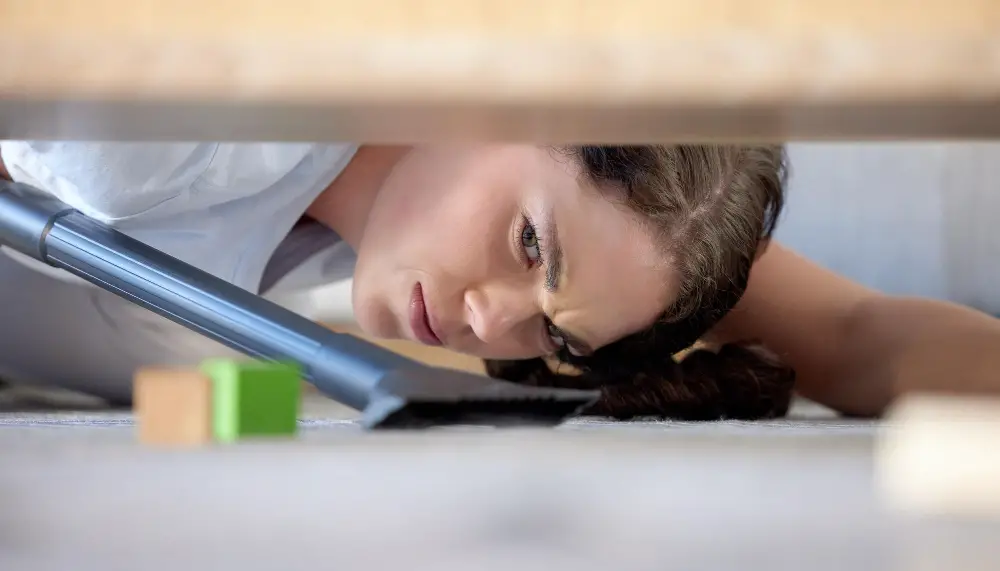
Even with blockers in place, some toys may still find their way through. By making a habit of checking under your furniture every few days, you can quickly retrieve any lost items before they become buried or forgotten.
To make this task easier, consider investing in a vacuum cleaner with an extendable hose or using a handheld vacuum for quick cleanups. You can also use a long-handled duster to reach further into tight spaces.
Regularly cleaning under your couch not only helps prevent toy buildup but also promotes better indoor air quality by removing dust and allergens that accumulate over time.
FAQ
What do you put under a couch?
Under a couch, you can store items such as extra bedding, books, clothes, or other belongings, and if necessary, raise the couch using furniture risers to create more space.
How do I keep my dog from going behind the couch?
To keep your dog from going behind the couch, use barriers such as baby gates, vertical cushions, empty laundry baskets, or stacks of books near the couch’s edge.
How do I keep things from going under my fridge?
To prevent things from going under your fridge, wrap a window screen around the bottom of the appliance like a belt and secure the ends with zip ties, making holes with scissors if necessary.
What are some effective storage solutions for keeping toys organized and off the floor?
Effective toy storage solutions include using shelves, clear bins, over-the-door organizers, and designated play areas to keep toys organized and off the floor.
How can furniture placement help prevent toys from going under the couch?
Furniture placement can help prevent toys from going under the couch by strategically positioning the couch away from play areas and using barriers, such as rugs or storage bins, to minimize the likelihood of toys rolling beneath it.
Are there any DIY techniques or products to create barriers to keep toys from sliding under furniture?
Yes, DIY techniques such as attaching pool noodles or foam pipe insulation to the edges of furniture can effectively create barriers preventing toys from sliding underneath.
